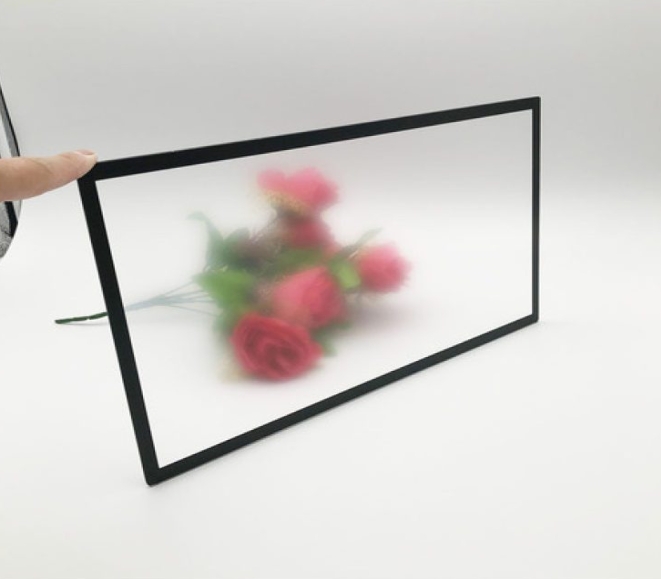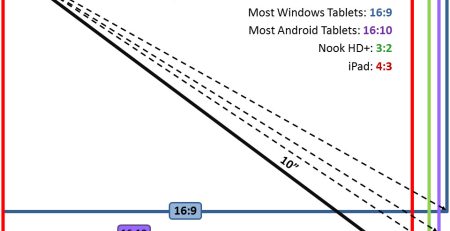Glass is widely used in our lives, and there are many types of glass, such as our common tempered glass, AG glass, AF glass, AR glass, etc. So what is AG glass? What types of AG glass are divided into? Let’s get to know each other together.

What is AG glass? AG glass is made through a special chemical process. Its characteristic is that the reflective surface of the original glass becomes a matte diffuse reflective surface, which can blur the reflection effect and prevent glare. It also reduces the reflectivity, reduces light and shadow, and is an anti-glare product surface. It has strong anti-corrosion and anti-scratch properties. Combined with the video imaging screen, a transparent anti-glare and anti-reflective screen can be formed to solve the problem of reflection and glare caused by electronic video screens and imaging screens under ambient light sources, and improve image quality.
AG glass is generally divided into: sprayed AG, coated AG, chemical etched AG
Spraying AG: As the name suggests, spraying AG is sprayed onto the glass surface through spraying equipment, and a layer of coating is attached to the glass surface to achieve an anti-glare effect. The spraying is dispersed into particles through a spray gun or disc atomizer with the help of pressure or centrifugal force. A coating method in which uniform and fine mist droplets are applied to the surface of the object to be coated. The advantage is that this processing technology is convenient and fast, has high production efficiency, and can easily process high-quality products with different gloss and haze.
AG coating: AG coating (anti-glare coating) is a kind of atomized coating technology. The industry term for AG anti-glare film is called polarizer surface treatment, which is a type of polarizer surface treatment. By applying micro-concave processing to the surface of the polarizer, it prevents light from directly entering the eyes, thereby effectively reducing glare and reflection.
Chemical etching AG: Made through a special chemical process, its characteristic is that the original glass reflective surface becomes a matte diffuse reflective surface. It can blur the reflection effect, prevent glare, and also reduce the reflectivity and reduce light and shadow. Anti-glare products have strong surface anti-corrosion and anti-scratch properties. Solve the problem of reflection and glare caused by electronic video screens and image screens under ambient light sources. AG etching is chemical etching. After AG treatment, the surface is still glass. Since the surface is still glass in nature, the product is equivalent to general tempered glass. The particles on the etching surface are uniform, which cannot be achieved by the first two processes. First, let’s take a look at the roughness range that etching AG can achieve, which can be between 0.08-2.0, the glossiness can reach up to 150, and the transmittance is between 20% and 2.0. More than 90%, comparable to the transmittance of smooth glass.
AG glass is widely used in PDP plasma TVs, PTV rear-projection TVs, DLP TV splicing walls, touch screens, TV splicing walls, flat-panel TVs, rear-projection TVs, LCD monitors, touch screens, industrial instruments and advanced photo frames.





